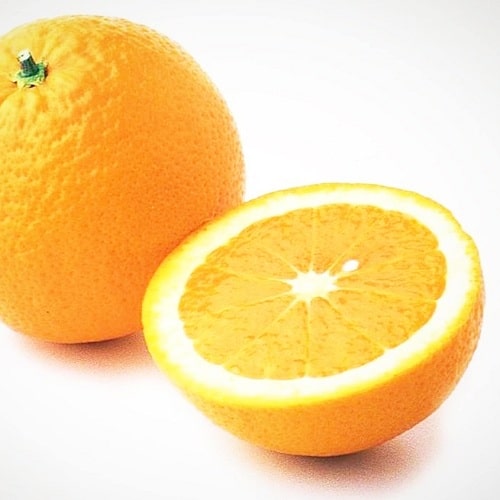

California is one of the leading regions for growing oranges in the United States. Perhaps that is why California is known as the Golden State. According to rumors, during the gold rush era, gold miners paid one dollar for one lemon grown in California, using citrus to combat scurvy.
Those days are long gone, but even today, California remains one of the major citrus producers in the US. About 80% of all oranges in the US are grown in California.
Thanks to the abundant sunshine and warmth in the state, oranges grow well and bear fruit. Most orange farms are located in Southern California, where the average air temperature in winter is around 15-20°C and in summer 25-35°C.
Perhaps because of this, California oranges have become known for their high quality and taste, making them popular with consumers far beyond the state.
 | Washington NavelValencia OrangeMoro Blood OrangeCara Cara Orange |
|---|
However, orange cultivation in California is facing the problem of drought. The climate conditions in this state are becoming increasingly dry. As a result, farmers are at high risk of losing income due to a lack of water for growing citrus.
As we can see, the problem of drought is a serious issue for orange farmers in California.
The main problem caused by drought is the lack of water. The insufficient amount of water necessary for growing these fruits can seriously affect the quality and quantity of citrus crops, and therefore the income of farmers.
To address this situation, California farmers are taking various measures to use water more efficiently in growing oranges, including transitioning to more efficient irrigation methods, using sensor technologies to determine plant water needs and improve drip irrigation systems, as well as implementing water management and recycling methods.
These measures enable farmers to reduce water consumption and mitigate the impact of drought on orange production. In addition to innovative technologies related to water consumption for irrigation of orange trees during the dry period in California, farmers can also apply various soil management methods to conserve moisture and increase yield.
For instance, they can use mulching to retain moisture in the soil, as well as plant crops that can improve soil quality and increase its ability to retain water.
Despite the challenges posed by drought, California’s orange industry continues to innovate and adapt to the changing climate conditions.
One of the most promising solutions for citrus farmers is the development of drought-resistant orange varieties.
Researchers are working to breed new types of oranges that require less water and are more resistant to pests and diseases.
Another approach is the use of precision agriculture, which involves using advanced technologies to monitor plant health and optimize water and fertilizer use.
By using sensors and other tools to gather data on soil moisture, temperature, and other environmental factors, farmers can make more informed decisions about when and how much to irrigate their orange trees.
Overall, the future of California’s orange industry depends on the ability of farmers to adapt to the changing climate and implement sustainable farming practices.
By using innovative technologies and conservation methods, farmers can help ensure that the state’s orange groves continue to thrive and provide high-quality fruit to consumers around the world.
One of the most effective ways to reduce water consumption in orange cultivation is through the use of innovative solutions, such as WaterAid Drought Solution.
This liquid concentrate is a specially formulated blend of natural substances that help plants retain moisture and withstand periods of drought.
By using WaterAid Drought Solution, orange farmers in California can reduce their water usage by up to 40%, while still maintaining the health and quality of their crops.
The concentrate is applied directly to the soil, where it forms a protective barrier around the roots of the orange trees, preventing water loss through evaporation.
In addition to its water-saving benefits, WaterAid Drought Solution also has economic advantages for farmers.
By reducing their water consumption, they can save money on water bills and potentially increase their profits.
The concentrate is also easy to apply and does not require any special equipment or training.
The use of WaterAid Drought Solution is part of a larger effort by California farmers to implement sustainable practices and reduce the environmental impact of their operations.
By reducing their water consumption, farmers can help to conserve this valuable resource and minimize the effects of drought on their crops.
(888) 350-8775
support@Wateraidsolution.org
